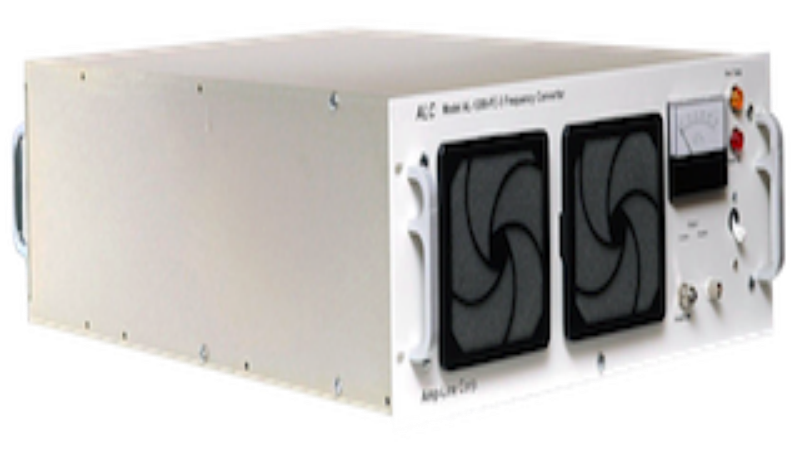Radars are an excellent collision-avoidance system that can be used by recreational boaters everywhere. These systems allow you to see through fog, darkness, stormy weather and much more. In the past, they were only used on larger ships, but now they’re more compact and can be used on boats as small as 18 feet in length. However, before rushing out to purchase a Furuno marine radar, it’s important to consider a few factors.
Compatibility
If you’re just choosing radars because you already have other chart plotters, charts and the like, you’ll need to ensure that the device you select is compatible with other electronics onboard. In most cases, GPS, fish finder, and chart plotter options aren’t compatible with radars. While this can be slightly annoying, it may not affect you all that much. You’ll still have the ability to use the system to navigate through fog and other poor conditions, but you’ll need to use different systems for your other needs.
Two Types
The two types of Furuno marine radar include open array and radome. Open array allows you to see the rotating arm as it turns (think of a Navy ship) and works well for larger powerboats with pilothouses. They can also be used to precisely target fish in the area.
Radomes have moving parts within a dome and are easier to mount in smaller spaces. They still offer sharp resolution, though adjacent targets can get clumped together. They work well for sailboats, small cruisers, RIB, fishing boats and the like.
Range
Radars can’t see over the earth’s horizon, so the unit height and the target height will limit as to how far away you’ll be able to identify objects. This may not seem too important, but when you’re traveling through fog and need to change course quickly, it can make a difference.



